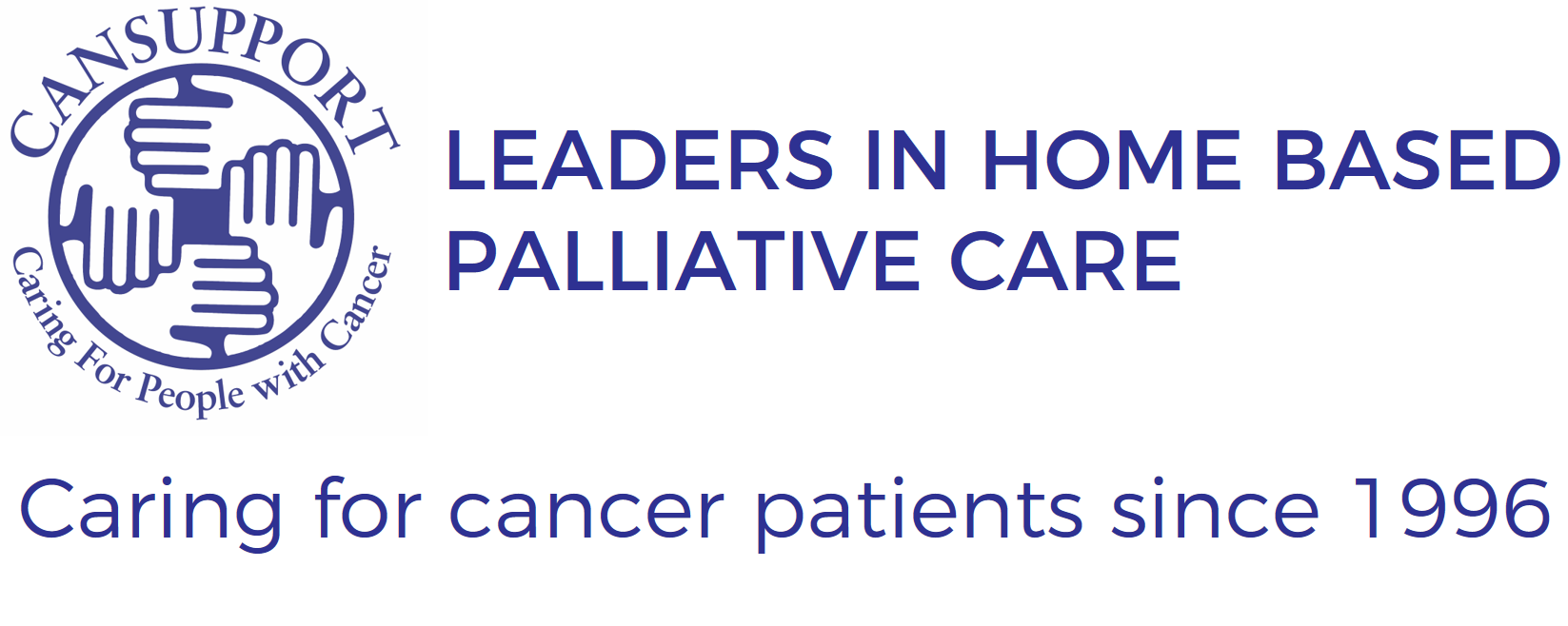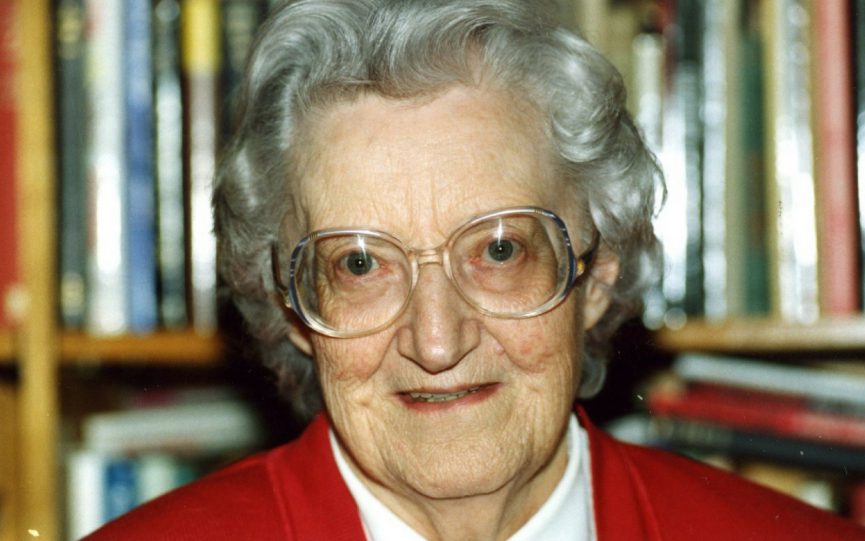The author has a background in psychiatric social work as well as palliative care. Former Director of Education at St Christopher's hospice, David has authored several books on palliative care and is a torchbearer of hospices and palliative care.
2017 sees the 12th Anniversary of Dame Cicely Saunders’ death. What is the legacy of this remarkable woman?
Cicely Saunders died at St Christopher’s on 14 July 2005, a few minutes after the two minute silence for victims of the London bombs. David Oliviere, Former Director of Education and Training at St Christopher’s Hospice which she founded, recalls some personal memories of Dame Cicely.
It is the end of an era but her work will carry on for years as she was such an inspiration to so many here in the UK and overseas. St Christopher’s lives on and grows from strength to strength.Daniele Nicolas, ex-Chief Executive, Grove House, St Albans
We are all carrying her vision forward, in different countries in different ways; she touched so many lives and the world is truly a better place because of her.Joan Marston, Hospice and Palliative Care Africa
These were just two of the hundreds of messages received by us at St Christopher’s from around the world in the days following Dame Cicely Saunders’ death in the hospice. Clearly thousands of people have captured Cicely Saunders’ vision for a better world for those at the end of their lives. Her life is an example of the fact that one person can make a difference to the world. The messages speak of Cicely Saunders’ brilliance, compassion, single-mindedness and, of course, her radical new approach to the care of people facing death and bereavement. We each have our own special memories of encounters with Cicely Saunders and vision:
You matter because you are you, and you matter to the last moment of your life
Having been inspired by the writings of Dame Cicely for many years, the concept of ‘total pain’ and having heard her speak, always from a patient perspective, I was fascinated by this pioneer who embodied the multi-professional team – nurse, social worker and doctor – and volunteer: the woman who, post-war, wanted to go against the male medical hierarchy in proclaiming a better way of responding to the dying as people; a doctor whose original research involved interviewing over one thousand patients, the only , she told me, was ‘listening to people’. I was daunted joining her, ‘the Dame’ and the staff at St Christopher’s running the education department and in my first week at lunch, plucked up courage to ask her, “What do I call you?”. She replied, “Cicely, of course”! You could always rely on a straight answer. I counted myself lucky to have numerous opportunities to sit and have lunch with the founder of the modern hospice and palliative care movement.
I discovered in Cicely that despite a sometimes determined exterior, someone who was always interested in what newer colleagues in palliative care were doing and developing. She consistently maintained as sacred: concepts of wholeness; constant respect for the person; and stretching and strengthening quality of life as far as it would go. Her strength was her principles and what was right for patients. These pillars of palliative care applied to changing worlds and contexts with her core messages rippling out to well over one hundred and fifty countries. It is so encouraging to travel to palliative care services in various parts of the globe to find us joined together by Cicely’s vision and the spirit of St Christopher’s Hospice.
With a background as a volunteer, researcher and clinician, it was in education that Cicely Saunders made her greatest contribution. Everything was teaching. Her lectures were based on case presentations, with generous quotes from patients and their carers. She insisted on person-centred care. She had an intrinsic belief that the best teachers were the patients themselves. On one occasion, my having shown an audience a picture of her, she told me she much preferred to be shown with a patient. Her personal encounters with patients which she turned into learning opportunities were inspiring. It was not uncommon for audiences in our Education Centre to stand up as she walked into the room and there was always total engagement from course participants when Cicely spoke.
What is impressive about Cicely Saunders’ teaching is the application of heart and mind with spirit. She skilfully managed the complex integration of four key elements: scientific rigour; the learning that only comes from clinical practice; a person-centred perspective as the sheer foundation underpinning the whole approach; and all relating to the particular resources and contexts in which health and social professionals work. Right from the start, her work integrated what we now label ‘user/patient involvement’. She also carried a belief that each staff member brought something special to the provision of care.
Her originality and ability to speak a phrase which captured the moment was great. To make a speech at a staff leaving gathering or a book launch with utter relevance and profundity was stunning. Just before her death, the ceremony to award her yet another honorary degree – this time from the University of Bath - was held on the ward at St Christopher’s. Despite being very ill, Cicely spoke as though she had been chiselling a speech for weeks. Cicely read widely and impressively and continued to write chapters and forewords to books until recent times. Many of her ideas and values are captured in these forewords.
Cicely Saunders’ deep, personal Christian faith was an important motivating factor and while she could she continued to attend the hospice chapel for morning prayers. And yet, I was struck by her inclusion of people of all faiths and of none. At the Yale Graduate School of Nursing, when she was asked if you needed a religious faith to do this work, her response was, ‘no’ because if she said ‘yes’ she would be shutting doors. In reporting this to me she added, “But you need to look at the philosophy that underpins your life.” Despite her personal Christian faith, she believed in opening doors to palliative care for all people, especially to patients discovering meaning in suffering.
The window to suffering can be a window to peace and opportunity
As Cicely Saunders’ memories and vision continue, society is grappling with ethical issues such as euthanasia, greater integration of palliative care with public health care systems, the challenges of delivering palliative care to non-cancer patients, and the economic realities of paying for some aspects of holistic treatment and a humane response within an ageing society.
When I interviewed Cicely Saunders for a film to be shown at the 6th Congress of the European Association for Palliative Care in Geneva at the turn of the millennium, I asked her, “why did you create the hospice/palliative care movement?”, she replied immediately, “To be a voice for the voiceless”, using Archbishop Desmond Tutu’s phrase.
As a palliative care community, we still need to be ‘a voice for the voiceless’ by being strong advocates for those suffering and in need; by facilitating the voice for better person-centred care; by empowering minority groups who are disadvantaged in getting their right to dignified care at the end of life that Cicely espoused and by helping people end their lives in their preferred place of death. More importantly, we must help patients and carers find their own voice.
It is fitting in some ways that Cicely died as a patient in palliative care; a great privilege to care for her in “the home around the window”. In talking to me for that Congress in Geneva, referring to the spiritual care of dying patients, she added, “It is a mystery into which they go but I believe it is a mystery of love and that people continue in more than just other people’s memories.” Many have said that Cicely’s death marks the end of an era but the work of Cicely Saunders will continue through new generations of professionals committed to her principles and practices. Her phrases that I will continue to remember are: “A dying patient is a living person” and that “there is so much more to be done.”
One of the greatest achievements of the twentieth century has been the development of modern palliative care. I end with words from a favourite book of Cicely, which she gave to me, a series of sermons by Taylor from Oxford:
There is nothing in this world more powerful or more revolutionary than a newly recognised idea or a situation seen in a new way…(there are) men and women who have seen an area of need, unrecognised before, or an injustice that none have challenged, or who will not be silenced.Taylor, J. A Matter of Life and Death: SCM Press, 1986
Thank you, Cicely, for being a voice for the voiceless.
Large lamps can be lit from small candles.
Palliative care stems from the recognition of the potential at the end of life for discovering and for giving, a recognition that an important dimension of being human is the lasting dignity and growth that can continue through weakness and loss.
- Born 22 June 1918 in Barnet, Hertfordshire, UK
- Educated at Oxford and St Thomas’s Hospital, London
- Trained as a nurse, a medical social worker and physician and was a volunteer
- 1967 Founded St Christopher’s Hospice linking care, teaching and research, with the first home care and bereavement services as well as an education centre and hospice information service
- She received many honours and awards for her work: more than 25 honorary degrees, the British Medical Association Gold Medal for services to medicine, the Templeton prize for Progress in Religion, the Onassis Prize for Services to Humanity, The Raoul Wallenberg Humanitarian Award, the Franklin D. Roosevelt For Freedoms for Worship Medal, Dame of the British Empire, Order of Merit by the Queen.
- Died St Christopher’s Hospice 14 July 2005

